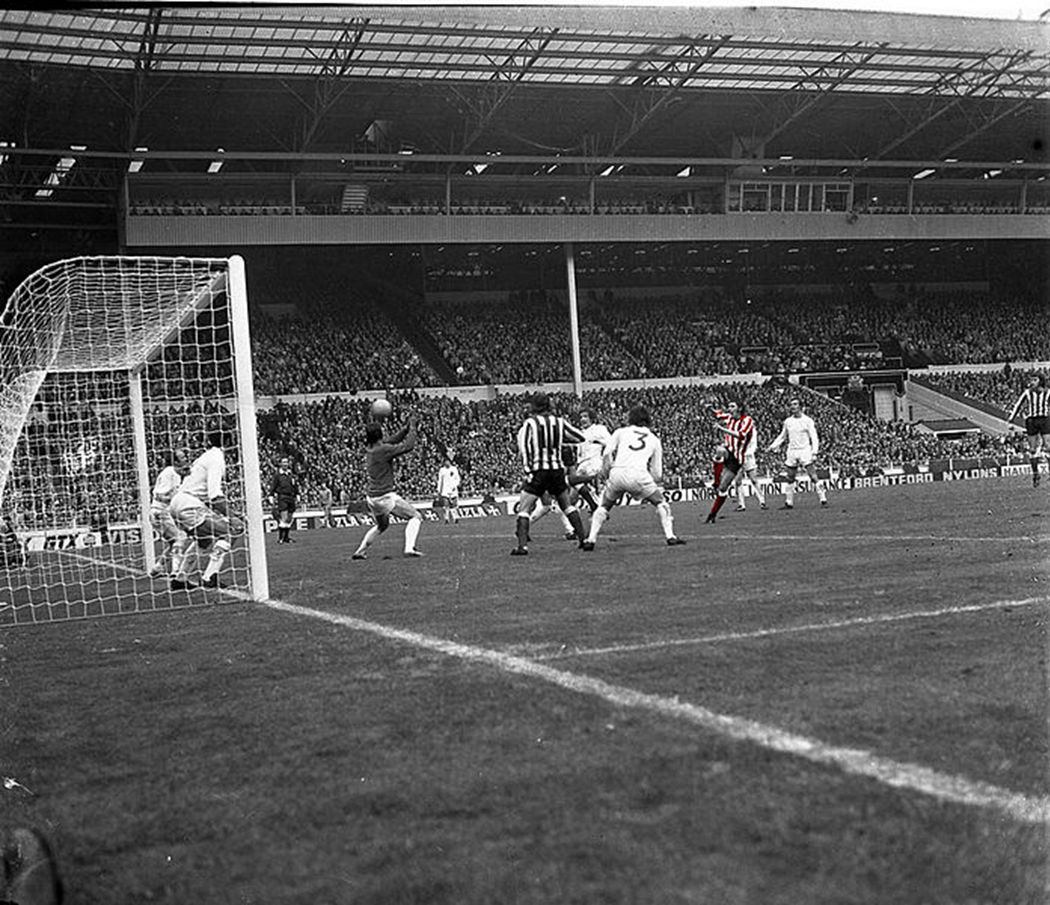This test is run by .
Note that your final mark will not be saved in the system.
Note that your final mark will not be saved in the system.
Emergence and evolution of modern sport (20th century) Typeit
Target Level
C
Running Total
0
0%
Attempt
1 of 3
Type the correct answers into the spaces. Fill all the spaces before clicking ‘Check Answers!’

The transition from post-industrialisation into the 20th century resulted in major sporting developments right up until the turn of the 21st century. (NGBs), which were formed from the of the late 19th century, had further improved rules and added structure to competitions, many of which are seen as historic traditions in modern sports today. At the core of these developments was the major social change.
Social factors shaped the characteristics of sport in 20th-century Britain:
- Gender – There was a significant change in the role and status of women during the 20th century. In the earlier part of the century following the First World War, the role that women played in factory work helped change the perception of women as the sex. This led to their previous 'expected behaviours' being made open to a wider range of sports. Towards the end of the century, NGBs began to oversee women's sport and organise competitions, such as the Women’s FA Cup in 1969.
- Class – and professionalism in the twentieth century remained relatively similar to that of the nineteenth century, with the class still accounting for the majority of professional sportspeople, but more sports were becoming both amateur and professional.
- Education – The Butler Act (Educational Act of 1944) ensured that all children in England and Wales would be entitled to free secondary education, and by the time the national was introduced in the Educational Reform Act of 1988, schools were required to provide Physical Education to their pupils.
- Law and order – Developments in work-based operating procedures and military-based education in preparation for the two world wars enforced discipline and improved adherence to law and order.
- Availability of time – A more working week meant that time was usually allocated for sports participation at the weekend, aligning with the organisation of weekly sporting fixtures. This helped to increase the popularity of the sports, with more of the population able to participate and spectate.
- Availability of money – As wages increased, more money could be spent participating in, and , sport. Attendance rose considerably as sport became a major part of many lives – a reflection of its historical and cultural roots.
- – Further improvements in railways, the construction of roads and global use of automobiles enabled travel to competitive fixtures and sporting events.